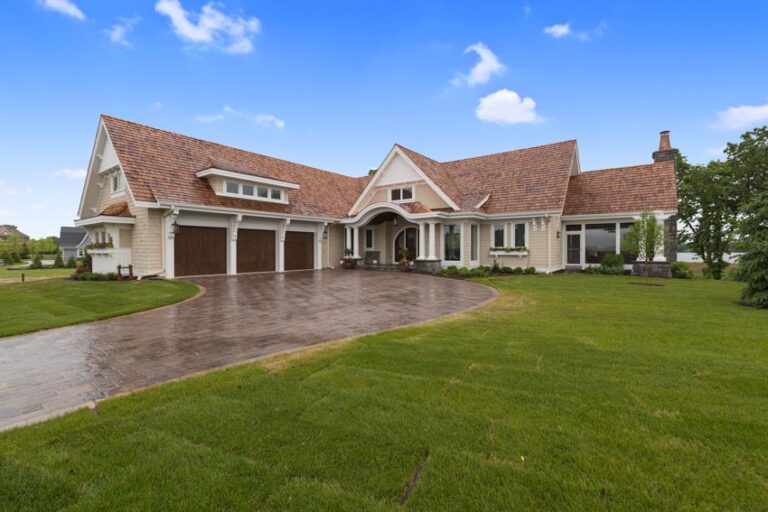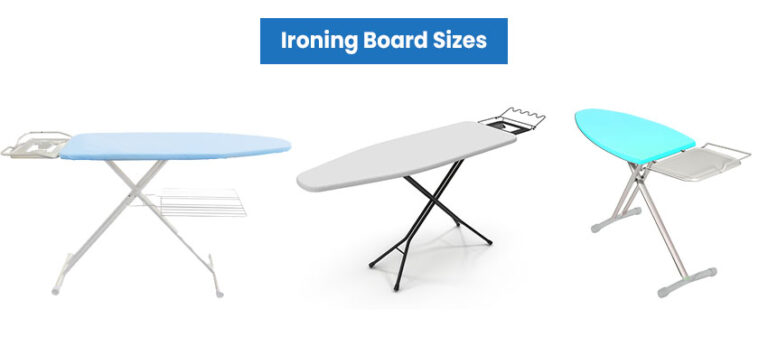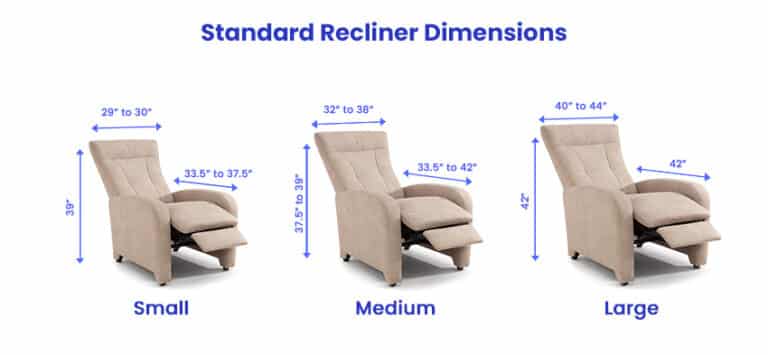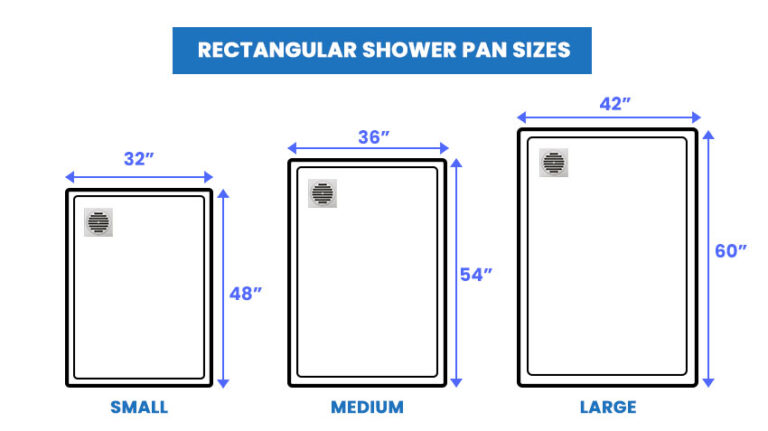Brick Dimensions Demystified: Choose the Right Size for Your Project
Bricks have been utilized for a long time and are the oldest known construction material. They have been proven for their durability and are still commonly used today. They are used for anything from walls to walkways and sometimes even follow a pattern for aesthetics. Before buying any materials or planning, it’s important to know the brick dimensions for the product you will be using.
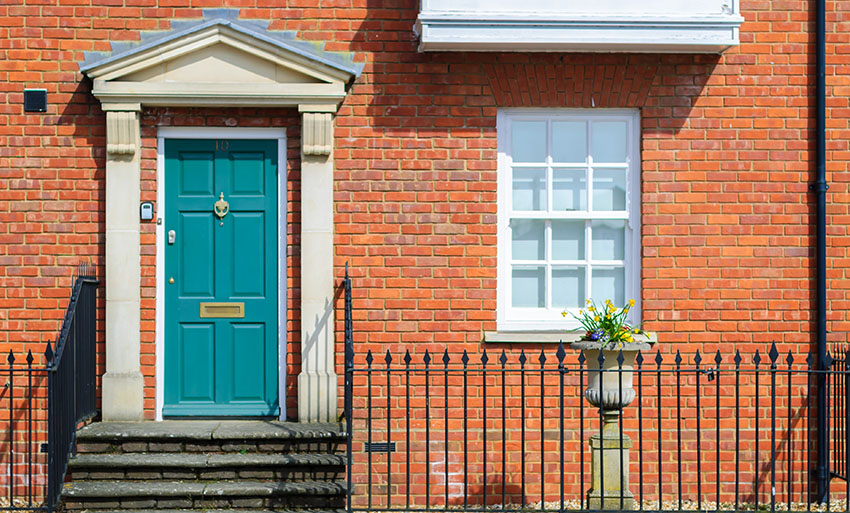
Read on to learn more about them and their common measurements.
Brick Dimensions in Inches
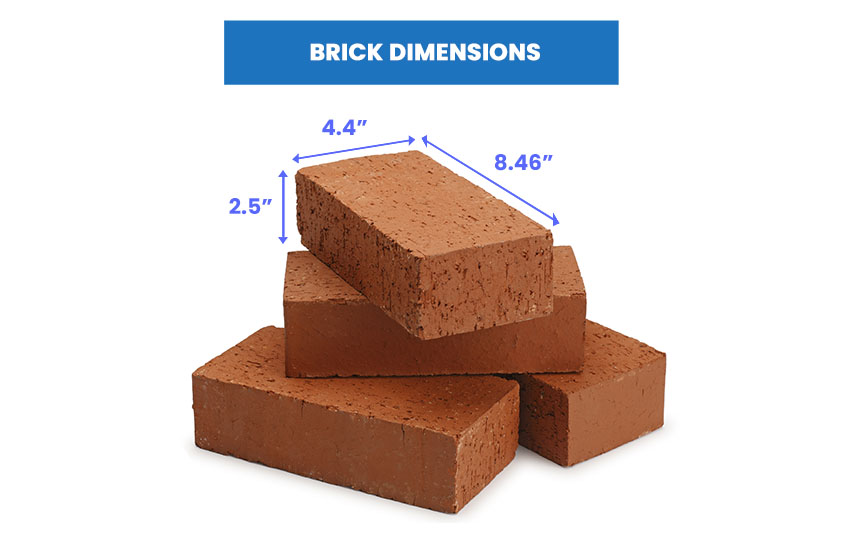
If you are more partial to measuring in inches, here are the dimensions with the millimeters converted to inches. The height of 65 millimeters is 2.56 inches, the length from one side to the other of 215 millimeters will be 8.46 inches, and the depth of 102.5 millimeters will be 4.04 inches.
Standard Brick Size
A standard brick is usually used to cover exterior walls, especially for homes with a more traditional overall design. You can find them in a deep rouge color and a rectangular shape.
Standard bricks usually have sizes ranging from 2.56 inches high, 8.46 inches wide, and 4.04 inches deep.
Here’s the size in metric measurements: 65 millimeters in height, 215 millimeters in length, and they are typically 102.5 millimeters wide. However, some masonry often used can have a different size than the standard.
Standard Brick Height
As mentioned above, standard bricks often used for exterior walls have a height of 65 millimeters or 2.56 inches.
How Tall is Brick with Mortar?

Bricks laid out on an exterior wall or inside are bonded by mortar. This mortar is usually 10 millimeters thick or a little over 3/8 of an inch, thus adding 10 millimeters to a standard brick height.
The usual brick height is 65 millimeters plus 10 millimeters of mortar, thus making a brick with mortar 75 millimeters tall or 2.95″.
Red Brick Measurements
Red bricks are widely used and are characterized by their red color. These blocks are made with natural clay and sand and are usually fired in a kiln or left outside to dry under the sun.
Most building construction uses this material in residential or commercial buildings because of their strength and ability to stand without the need for reinforcements.
There are different brick sizes for each country and every application. It’s important to ensure the standard sizes are used because if the masonry is too small, more mortar is required. We will classify standard red brick sizes for three countries to provide a comprehensive size list.
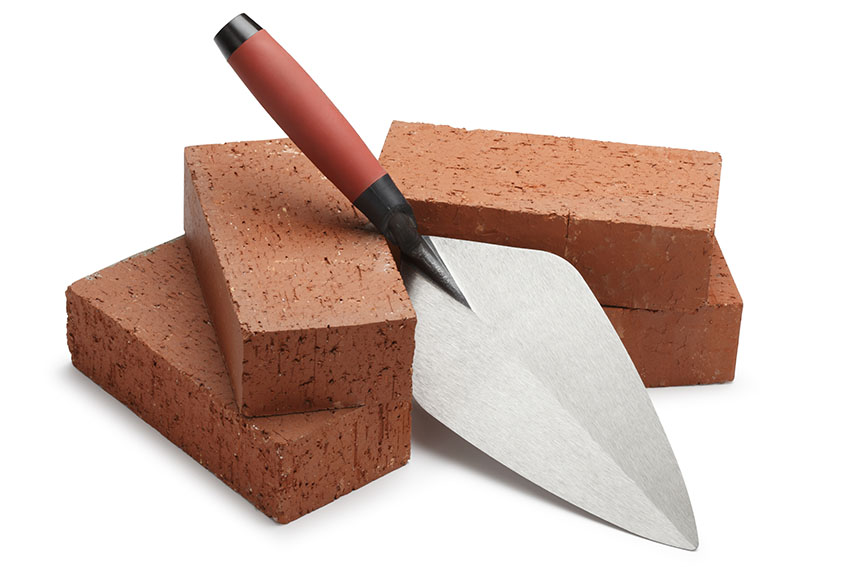
In the United States, the standard red brick size is controlled by the (ASTM) American Society for Testing and Materials and has dimensions of 3” 5⁄8 × 2” 1⁄4 x 8”, or 92 mm x 57 mm x 203mm.
As usual, add 10 mm (a little over 3/8 of an inch) if you want the brick dimensions with mortar.
In the United Kingdom, the measurements of a standard red brick are 215 mm x 102.5 mm x 65 mm, and add 10 mm on each side if you want to include the nominal size for mortar.
In Australia, a standard red brick is sized at 230 mm x 76 mm x 110 mm, but some companies use larger products for economic reasons.
How Much Does a Brick Weigh?
For a standard 8 inch by 2 ¼ inches by 4-inch brick, you can expect it to weigh at least 5 pounds or 2.27 kilograms.
They are used in walkways, fireplaces, walls, or patios, and some of them are heavier or lighter depending on what kind of material you want. Read more about fireplace dimensions here.
Modular Brick Sizing
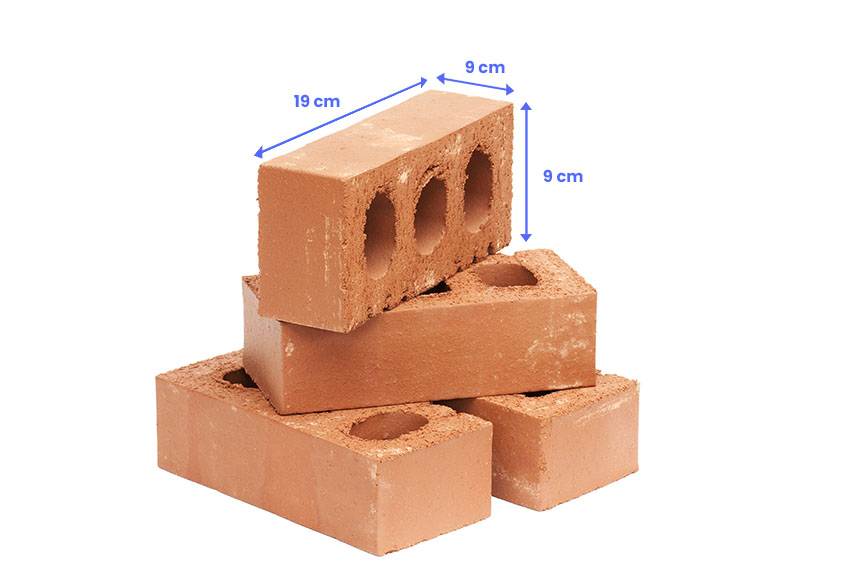
Modular bricks are materials with a specific size of 50.8 millimeters or 2 inches wide and a length of 101.6 millimeters or 4 inches. The meaning of modular is also different depending on the country you are in.
For example, in Australia, a modular product is the nominal size by which the standard materials are produced, and thus, the nominal size in Australia is 230 mm x 76 mm x 110 mm.
A modular brick can also be a standard dimension plus the standard thickness of a mortar bed. Let’s consider a standard size of 19 x 9 x 9 centimeters, thus making the nominal size that includes the mortar thickness of 20 x 10 x 10 centimeters.
Concrete Block Dimensions
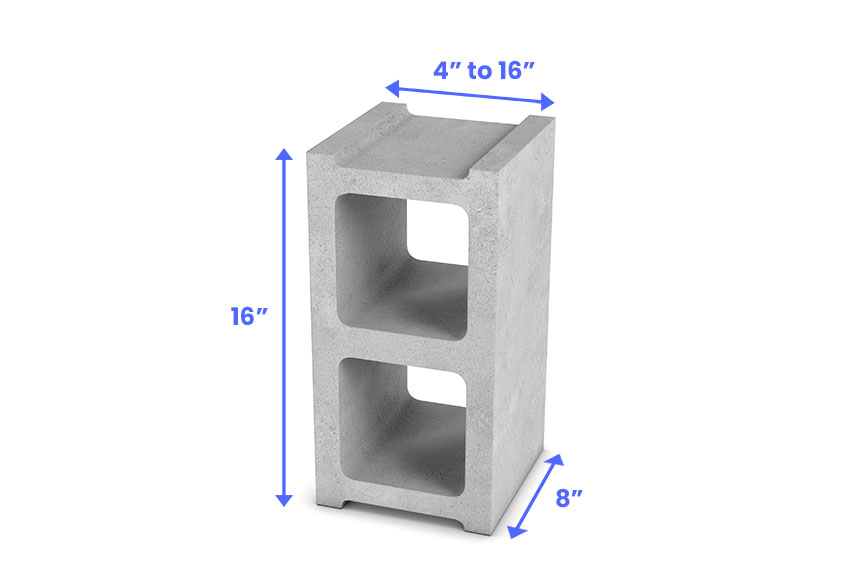
Concrete blocks are also known as hollow blocks. They have a variety of uses and are considered one of the most versatile building products. They are manufactured in different shapes, colors, textures, and measurements. Some can be standard because of their popularity, but they vary from region to region.
A single concrete block has nominal dimensions of 203 millimeters or 8 inches in length by 406 millimeters or 16 inches in width. They can have a thickness going from 102 millimeters or 4 inches up to 406 millimeters or 16 inches.
Fire Brick Measurements
Fire bricks are made of ceramic material and are used to line furnaces, fire pits, fireboxes, fireplaces, or kilns. Fire-rated masonry is designed to withstand high temperatures but also are energy efficient because of its lower thermal conductivity.
Three types of fire bricks are commonly manufactured because they are commonly used.
The first measures 229 millimeters or 9 inches, 114 millimeters or 4 ½ inches, and 76 millimeters or 3 inches.
The second dimensions are 229 millimeters or 9 inches, 114 millimeters or 4 ½ inches, and 64 millimeters or 2 ½ inches.
The last dimensions are blocks with half the thickness and are used for lining fireplace inserts or wood stoves for restaurants serving pizza.
They are usually called firebricks “splits” and have a length and width the same as the others but with a thickness of 32 millimeters or 1 ¼ inch.
See our article about fire pit dimensions for more on this subject.
Brick Paver Dimensions
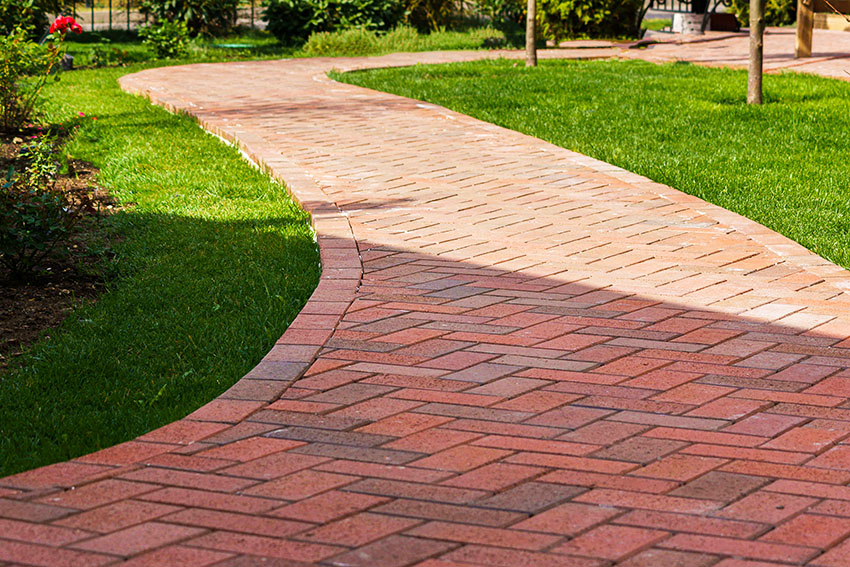
Brick pavers are made of clay that is formed in many shapes and is heat-cured. They have a smooth surface and are used to pave walkways. You can often see them used as brick paver driveways, public park paths, and backyard walkways.
The standard brick paver dimensions are generally 4 inches by 8 inches or 10 centimeters by 20 centimeters with a thickness of 2 inches or 5 centimeters.
Whether you are looking to do brickwork for your front lawn or just looking to DIY an exposed wall or island for your kitchen, knowing the proper measurements is important.
This can help you estimate the amount of materials needed and total costs. Consulting with landscaping experts can help you plan and design an outdoor space you will love.


